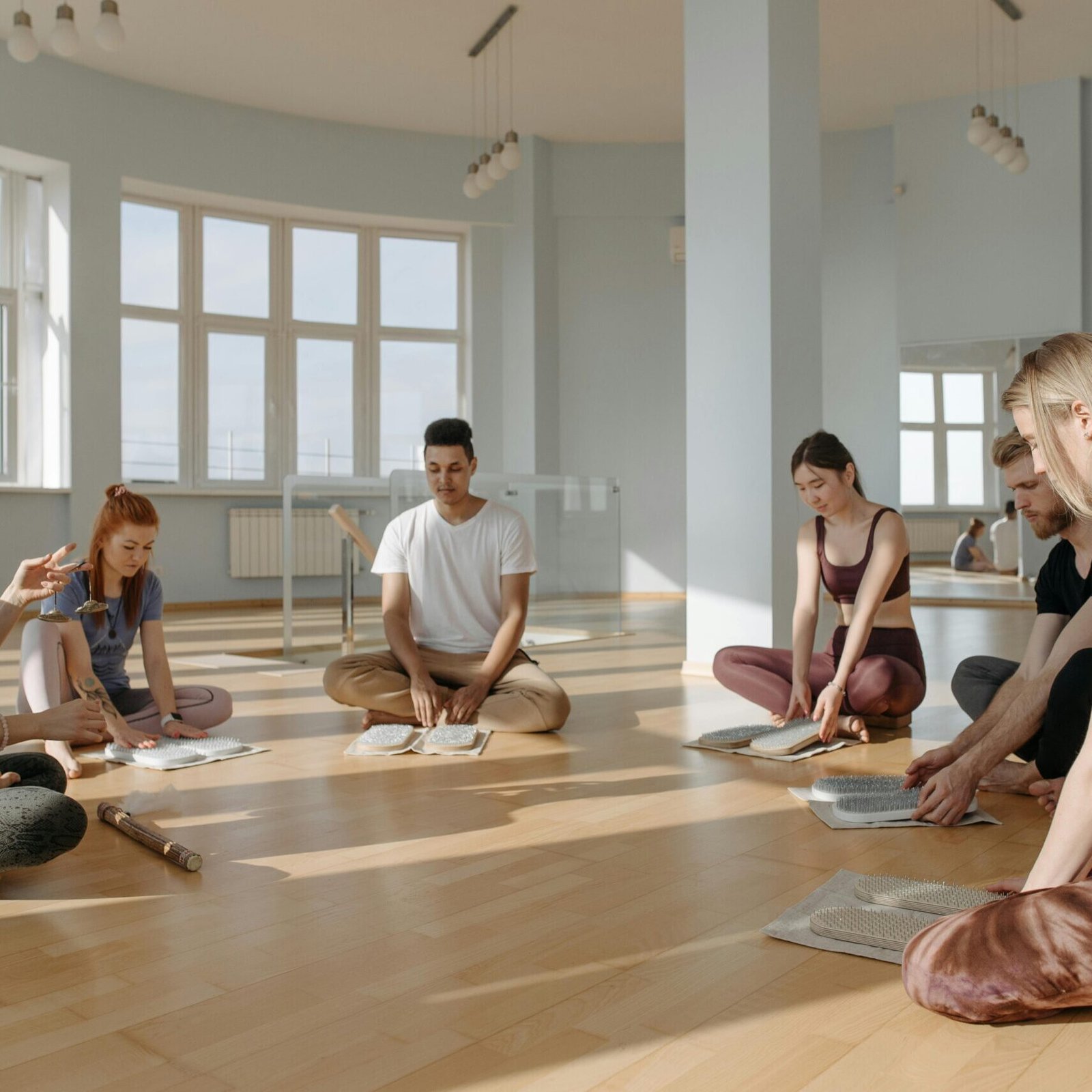Living in the Moment: Embracing Mindfulness in Daily Life

Many of us find ourselves caught in a whirlwind of thoughts, regrets about yesterday, and anxieties about tomorrow. This makes truly living in the present moment a constant challenge. But there’s a way to break free from this mental chaos and find peace in the now.
Living in the moment offers incredible benefits for your mental wellbeing and overall quality of life. This article explores practical techniques and strategies to cultivate presence in your daily life. You’ll discover a greater appreciation for each moment.
Table of Contents:
- Understanding the Power of Now
- Practical Steps for Living in the Present
- The Art of Now: Living in the Present
- Conclusion
Understanding the Power of Now
Living in the present—also known as mindfulness—involves fully engaging with the current moment without judgment. It’s about accepting your thoughts and feelings without getting swept away by them.
Mindfulness isn’t about ignoring the past or future. It’s about focusing your attention on what’s happening right now. This shift in focus reduces stress and sharpens focus.
It also allows a deeper connection with yourself and the world around you. Focusing on the present moment is part of personal growth.
The Benefits of Present Moment Living
Mindfulness has been linked to numerous benefits. Studies show mindfulness reduces stress and boosts self-awareness, according to articles from Healthline and Medical News Today.
Being more aware improves lives by reducing symptoms of anxiety and depression, as supported by an APA study. Living in the present also strengthens your focus, letting you savor experiences.
By cutting through mental clutter, you can focus fully on what matters, leaving more room for new ideas. Mindfulness helps you connect deeply with others during your daily routine, increasing positive emotions and fostering understanding.
Practical Steps for Living in the Present
Shifting your focus from racing thoughts to the present takes practice. Incorporating small changes into your routine can make the transition easier. Simple actions like deep breathing, pausing to notice your surroundings, or practicing gratitude can ground you in the moment.
Over time, these small habits build into a powerful mindfulness practice that helps quiet mental clutter. By committing to these changes, you’ll find it easier to embrace a sense of calm and clarity in your daily life.
Mindfulness Meditation
Mindfulness meditation provides valuable tools to reconnect with the present. Simple exercises involve engaging your five senses.
Actively notice what you see, hear, touch, taste, and smell. This anchors you in the here and now, fostering both present moment living and self-awareness.
Take regular mindful breaks throughout the day. Observe your surroundings for a set time to reduce mind wandering, as suggested by Creswell (2017).
Cultivating Presence in Daily Life
Integrating mindfulness into everyday activities is another path toward present moment awareness. Engage with mindfulness in routine activities like having meals with intention. This turns ordinary moments into opportunities for mindfulness.
Try reciting The Five Contemplations (Mindfulness Meditation Institute) before each meal. Connect with gratitude and focus to appreciate your nourishment. This simple mindfulness practice connects you with the present.
Walking meditation offers another approach to mindful movement and present moment living. As you walk, consciously connect with each step. Bring awareness to how it impacts the present moment, which is a good idea to be more present and an alternative to traditional meditation for anchoring your presence.
Concentrate on what you do. Pay close attention to your actions, steps, and what is happening. This mindful awareness creates self-awareness.
Minimizing Distractions
Our always “on” culture presents substantial challenges to mindful living. Constant technological stimulation disrupts concentration.
Multitasking diminishes focus. Instead of enriching our present moment experience, it makes it harder to be aware of the here and now.
Multitasking has been linked to memory problems. Creating tech-free time by establishing boundaries with devices minimizes interruptions.
Use Nir Eyal’s practices of intentionally managing transitions between activities. Schedule weekly calendar review blocks. Log your usage to understand where your time goes. This can bring attention to moments you’ve previously missed (video about time management).
The Art of Now: Living in the Present
Embracing the present involves cultivating deeper connections. Connect with yourself, loved ones, and your surroundings. This involves minimizing distractions and cultivating positive emotions. It means truly listening during conversations, appreciating the beauty of your environment, and acknowledging your feelings without judgment.
These practices foster authenticity and strengthen your relationships with others. By being fully engaged in each moment, you create meaningful experiences that enrich your life.
Nurturing Relationships Through Presence
Active listening without internal narratives is crucial for meaningful connections. Being truly present during conversations allows closeness to bloom. It fosters greater understanding and intimacy.
Pay attention to non-verbal cues. Avoid anticipating your next thought. This creates a special kind of togetherness.
Focusing on current cues and ignoring intrusive ideas builds emotional intimacy. This enhances relationships, as discussed in Psychology Today.
Connecting with Your Surroundings
Practicing present living techniques encourages deeper engagement with your surroundings. It heightens your senses’ reception to everything, enhancing your experiences. This type of mindfulness practice could be good for your overall mental health and help with issues like social anxiety.
Cultivating a habit of fully experiencing life improves self-acceptance and awareness. It connects you to a life that honors both physical and intellectual presence.
Regular practice helps us become less reactive (mindfulness and reactivity). Simple changes like adopting “slow looking” can transform ordinary interactions, like experiencing art and nature. Regularly savoring these moments may shift perspectives, as suggested by Headspace. Consider practicing this daily to transform previously overlooked moments.
Conclusion
Living in the present is more than a concept; it’s a skill. Consistent practice helps you move past racing thoughts and reconnect with the current moment. The practices shared here can guide you on your journey to incorporating mindfulness into your life.
Embracing the now enhances wellbeing and strengthens connections with others. We become less emotionally reactive (tips for present moment living) by increasing mindful awareness. Paying more attention to those around us is key (information about self-awareness). The simple daily strategies described here will guide your practice.



